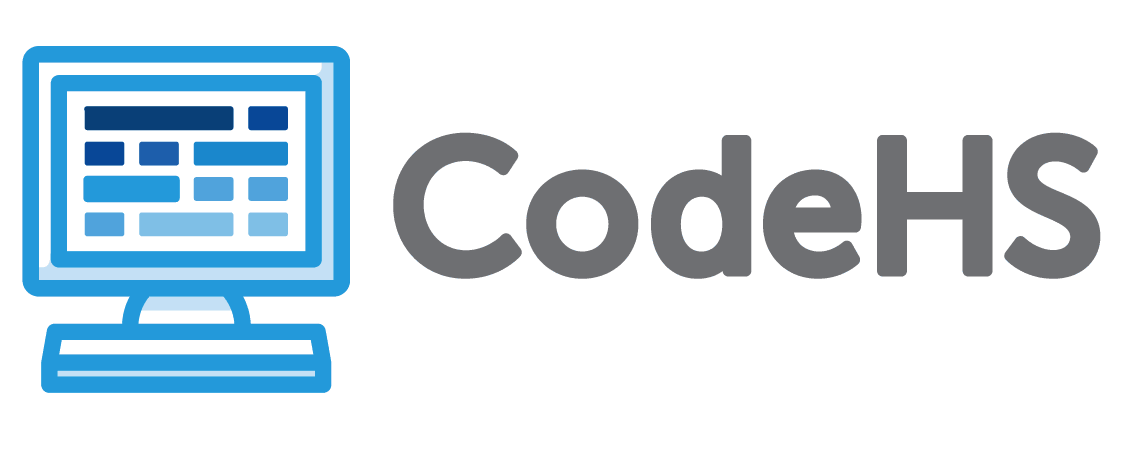| 3B-AP-08 |
Describe how artificial intelligence drives many software and physical systems. |
Lessons
|
| 3B-AP-09 |
Implement an artificial intelligence algorithm to play a game against a human opponent or solve a problem. |
Lessons
|
| 3B-AP-10 |
Use and adapt classic algorithms to solve computational problems. |
Lessons
|
| 3B-AP-11 |
Evaluate algorithms in terms of their efficiency, correctness, and clarity. |
Lessons
|
| 3B-AP-12 |
Compare and contrast fundamental data structures and their uses. |
Lessons
|
| 3B-AP-13 |
Illustrate the flow of execution of a recursive algorithm. |
Lessons
|
| 3B-AP-14 |
Construct solutions to problems using student-created components, such as procedures, modules and/or objects. |
Lessons
|
| 3B-AP-15 |
Analyze a large-scale computational problem and identify generalizable patterns that can be applied to a solution. |
Lessons
|
| 3B-AP-16 |
Demonstrate code reuse by creating programming solutions using libraries and APIs. |
Lessons
|
| 3B-AP-17 |
Plan and develop programs for broad audiences using a software life cycle process. |
Lessons
|
| 3B-AP-18 |
Explain security issues that might lead to compromised computer programs. |
Lessons
|
| 3B-AP-19 |
Develop programs for multiple computing platforms. |
Lessons
|
| 3B-AP-20 |
Use version control systems, integrated development environments (IDEs), and collaborative tools and practices (code documentation) in a group software project. |
Lessons
|
| 3B-AP-21 |
Develop and use a series of test cases to verify that a program performs according to its design specifications. |
Lessons
|
| 3B-AP-22 |
Modify an existing program to add additional functionality and discuss intended and unintended implications (e.g., breaking other functionality). |
Lessons
|
| 3B-AP-23 |
Evaluate key qualities of a program through a process such as a code review. |
Lessons
|
| 3B-AP-24 |
Compare multiple programming languages and discuss how their features make them suitable for solving different types of problems. |
Lessons
|
| 3B-CS-01 |
Categorize the roles of operating system software. |
Lessons
|
| 3B-CS-02 |
Illustrate ways computing systems implement logic, input, and output through hardware components. |
Lessons
|
| 3B-DA-05 |
Use data analysis tools and techniques to identify patterns in data representing complex systems. |
Lessons
|
| 3B-DA-06 |
Select data collection tools and techniques to generate data sets that support a claim or communicate information. |
Lessons
|
| 3B-DA-07 |
Evaluate the ability of models and simulations to test and support the refinement of hypotheses. |
Lessons
|
| 3B-IC-25 |
Evaluate computational artifacts to maximize their beneficial effects and minimize harmful effects on society. |
Lessons
|
| 3B-IC-26 |
Evaluate the impact of equity, access, and influence on the distribution of computing resources in a global society. |
Lessons
|
| 3B-IC-27 |
Predict how computational innovations that have revolutionized aspects of our culture might evolve. |
Lessons
|
| 3B-IC-28 |
Debate laws and regulations that impact the development and use of software. |
Lessons
|
| 3B-NI-03 |
Describe the issues that impact network functionality (e.g., bandwidth, load, delay, topology). |
Lessons
|
| 3B-NI-04 |
Compare ways software developers protect devices and information from unauthorized access. |
Lessons
|

